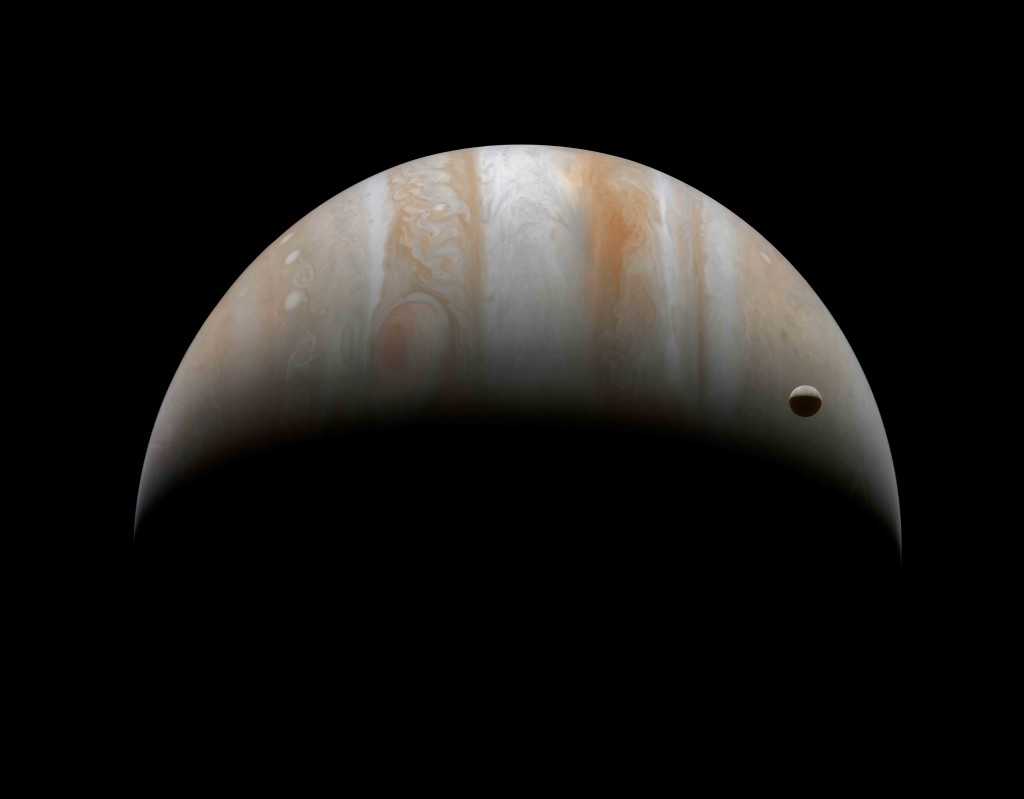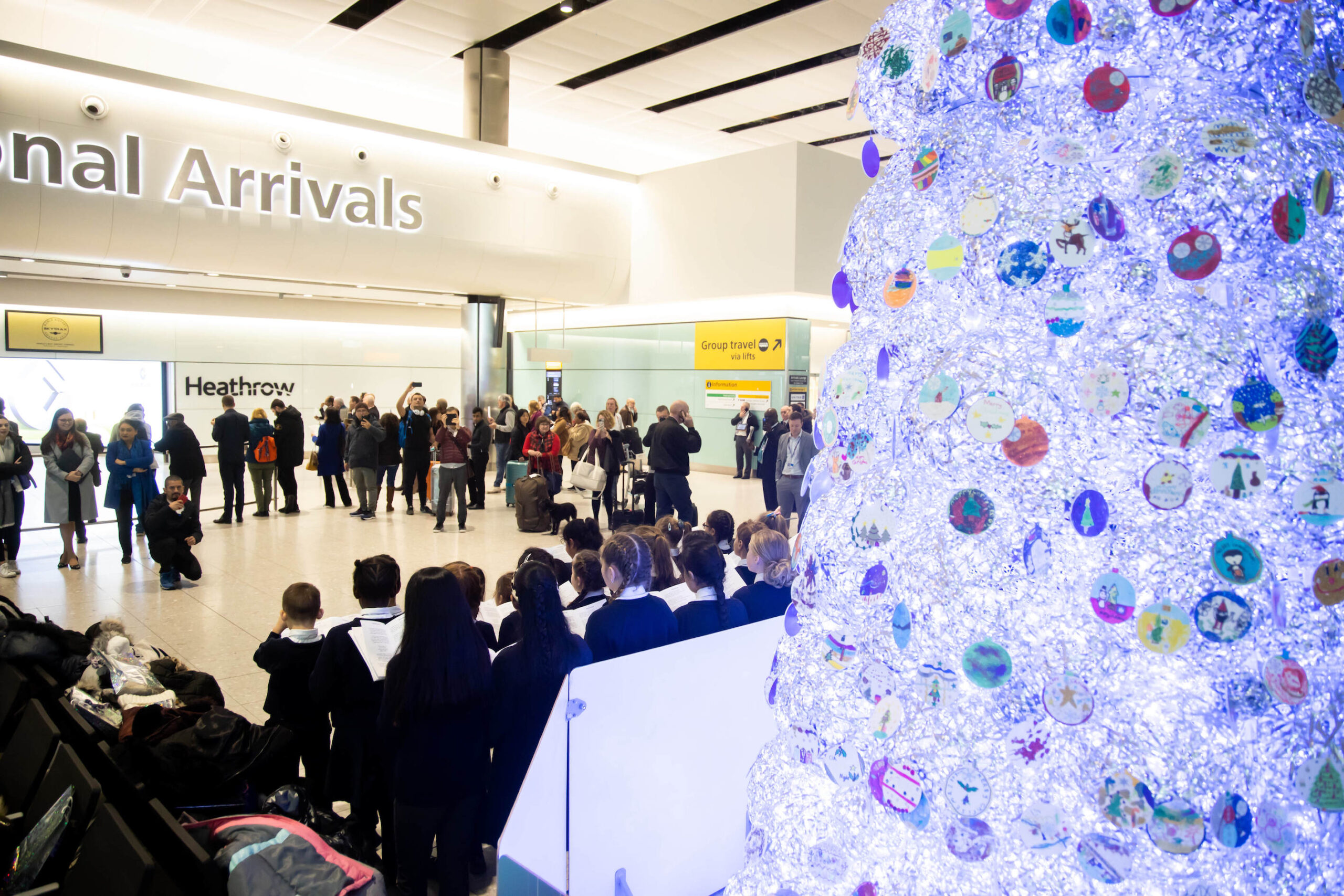‘Eventually, I’d like to think we’ll be a multi-planet species,’ muses artist/photographer Michael Benson at the preview of Otherworlds which opens tomorrow at the Natural History Museum in London.
This is a breathtaking ‘retrospective’ (in his words) from more than 50 years in space photography and travel. The timing couldn’t be better, he said, now that Tim Peake is safely up on the International Space Station, and a new planet hit the national headlines today.
In fact the planetary constellations are proving most accommodating as the next 30 days see five planets visible in the night sky at once, ‘Peake-ing’ on 5 February.
Fuelling a new appetite for space ‘oddities’ the Otherworlds exhibition at the Natural History Museum charts space from the perspective of a space traveller leaving earth and passing in terms of distance and time through the solar system.
The 77 photos are ‘composite mosaics’ which Benson has created from satellite images and actual data from NASA and ESA. Spacecraft frames tend to be in black and white shot through different filters, other colours such as infra-red, green and ultra-violet can be gleaned from other data sources ‘If I’m lucky,’ he said. He then ‘mosaics’ the colours and data together, which gives him ‘a sense of authorship.’
One of the earliest pictures is a black and white photograph of the moon and earth taken before humankind ever landed on the moon. The more dramatic fiery sunscapes show the more up to date colour-laden end of the spectrum.
It is set to haunting ethereal sounds composed by Brian Eno, who became a personal friend of the artist and remixed the tracks in the gallery at the Museum. Eno himself has had an abiding fascination with space, as testified by his album ‘Apollo’.
There are audio tracks available via wi-fi, offered to visitors to ‘defuse the intimidation some people feel about science’.
The work is also a collaboration from leading scientists at the Natural History Museum: Dr Joe Michalski, Mars Researcher, Earth Sciences, Dr Sara Russell, Head Researcher, Earth Sciences, Dr Caroline Smith, Collections Manager.
The exhibition runs from 22nd January to 15 May 2016 at the Natural History Museum London
Website: www.nhm.ac.uk/otherworlds
Twitter: #otherworlds
Caption: Crescent Jupiter and Ganymede (courtesy of Flowers Gallery)
Jupiter’s largest moon Ganymede, seen here on the right, is the ninth largest object in the solar system and is bigger than the planet Mercury. Like Europa, Ganymede’s surface is composed of water ice, and is thought to have a sub-surface ocean.
Mosaic composite photograph. Cassini, 10 January, 2001
Credit: NASA/JPL/Michael Benson, Kinetikon Pictures, courtesy of Flowers Gallery







